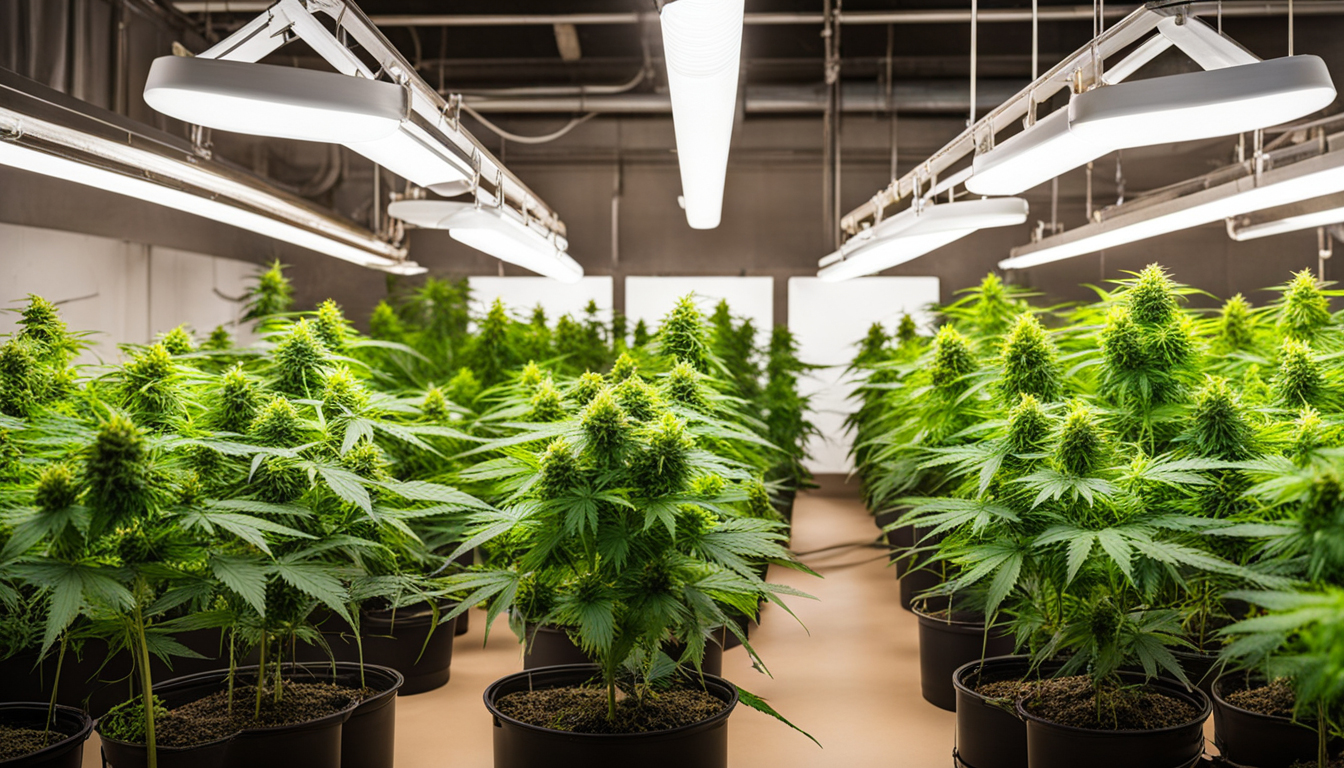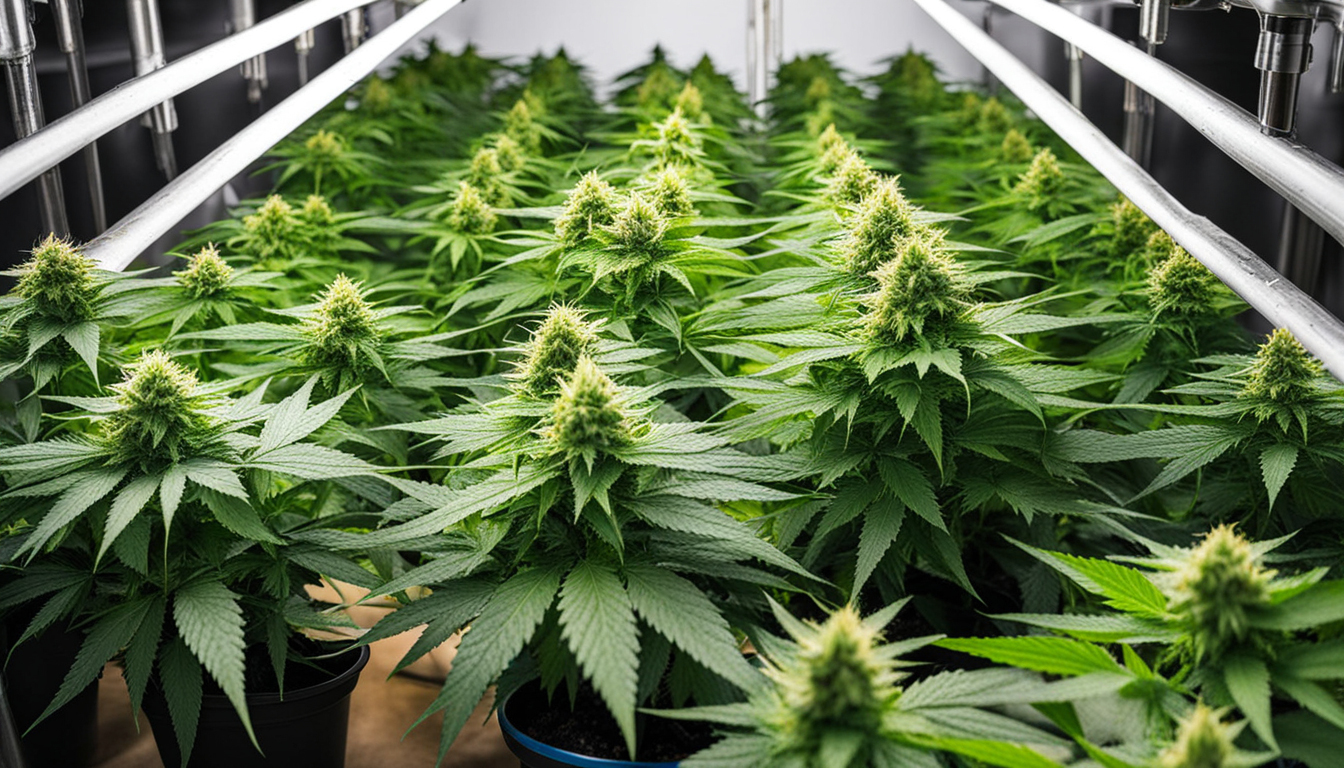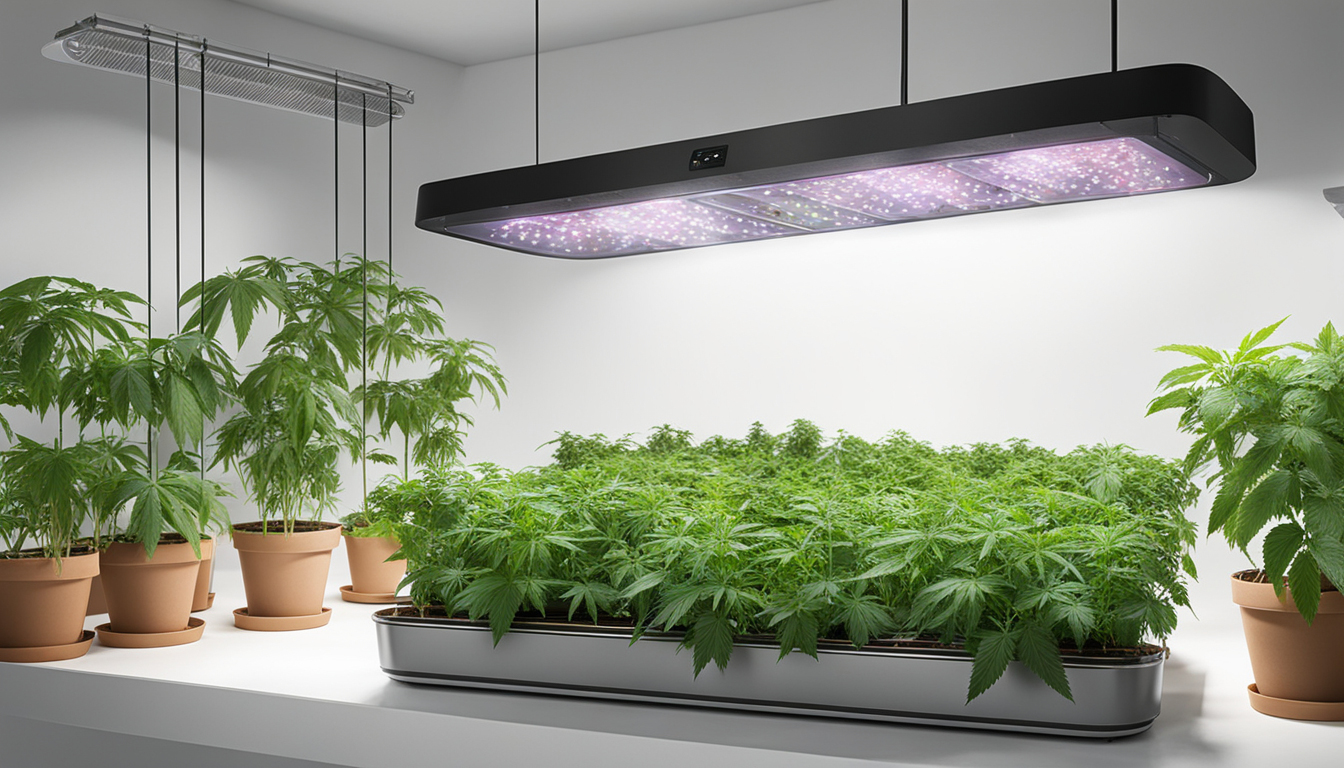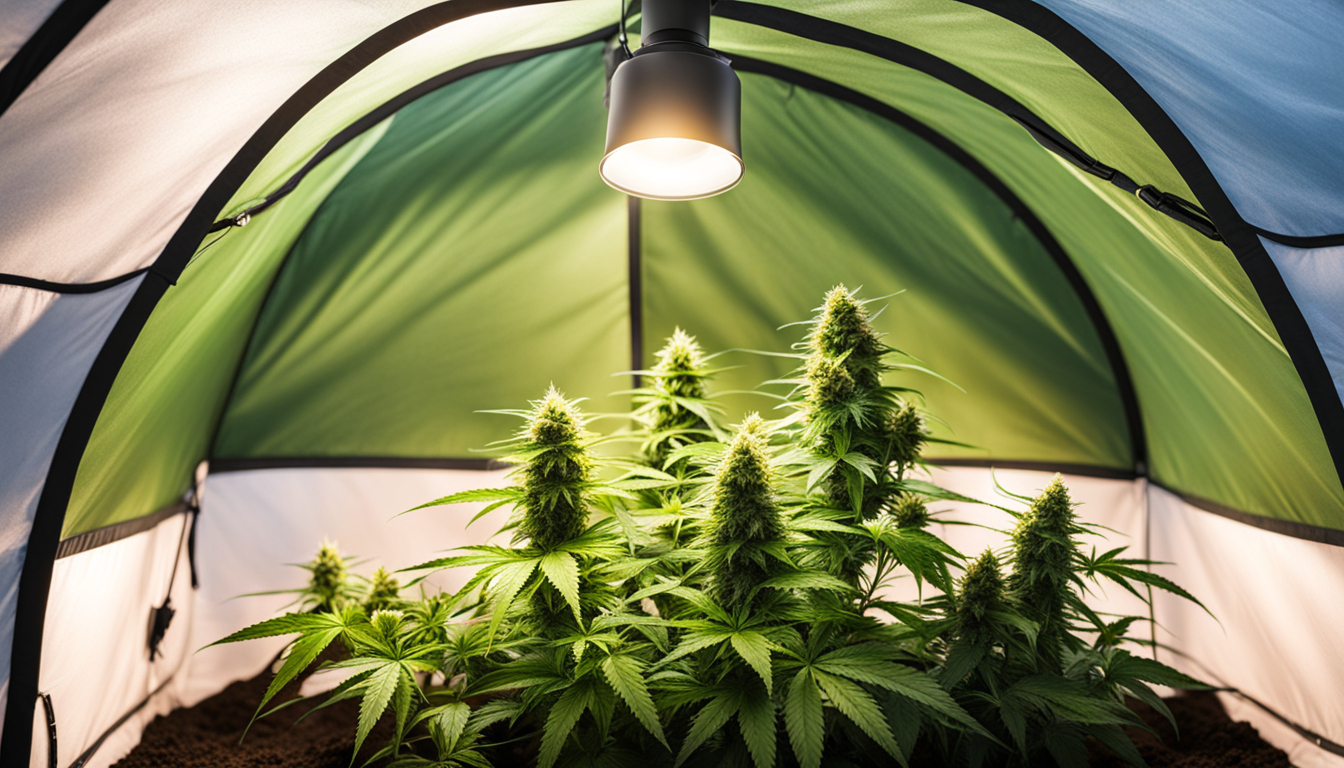
Whether you're just starting out with marijuana production or looking to improve your existing grow, following this complete guide will help you produce big, high-quality yields right at home. With the right gear, strategies, and attention, growing weed indoors can be an extremely satisfying and cost-effective endeavor.
Choosing Marijuana Varieties
The first step in planning your indoor harvest is choosing the right cannabis strains to grow. The three main types of weed plants each have their own traits.
Energizing strains
Known for their energizing intellectual effects, sativas spread tall and slender with narrow leaves. They flourish in tropical tropical climates and have a longer blooming time between 2.5-3 months indoors. Top energizing varieties include Sour Diesel, Durban Poison, and Jack Herer.
Indicas
Indicas provide relaxing full-body effects and grow short and bushy with broad leaves. Adapted to cooler mountain climates, they bloom faster within 2-2.25 months. Popular relaxing varieties include Northern Lights, Bubba Kush, and Bubba Kush.
Mixed strains
Mixed varieties mix traits from both energizing strains and relaxing strains. They offer blended effects and have medium flowering periods around 9-10 weeks. Well-known hybrids are OG Kush, Girl Scout Cookies, and Blue Dream.

Setting Up Your Cultivation Space
Marijuana plants need the right controlled environment to thrive. Key factors for indoor grows are lights, airflow, layout, and finding the ideal discreet spot.
Location
Choose an unused space with easy access to irrigation and power outlets. An empty spare room, large closet, basement corner, or cultivation tent securely placed in a garage all make great hidden grow room spots.
Lights
Marijuana requires strong light for all growth stages. LEDs are efficient and come in broad spectrum options mimicking real outdoor light. Cover 15-25 watts per sq. ft for the vegetative stage and 20-40 watts per sq. ft. for flowering.
Ventilation
Proper ventilation and exhaust systems maintain ideal temp, moisture, and fresh CO2 levels. Set up silent 4-6 inch blowers or scrubbers to refresh stale air and reduce odors.
Layout
Optimize your space by positioning plants strategically under the lamps and leaving room to access and work around them. Set up distinct zones for vegetation, bloom, drying, and cloning.

Growing Substrates
Weed can be cultivated in different substrates, each with pros and cons. Pick a appropriate option for your specific setup and cultivation style.
Soil
The classic medium, soil is inexpensive and easy for new growers. It provides great flavor but needs more watering and nutrients to feed plants. Amend soil with vermiculite or coco to improve aeration.
Coco Coir
Made from coir, renewable coco coir holds water but still allows air to the roots. It's more sterile and more predictable than soil. Use coco-specific fertilizers to avoid calcium buildup.
Water systems
In hydro systems, plant roots grow right in fertilizer water solution. This enables quick growth but needs careful observation of water chemistry. DWC and drip systems are common methods.
Germinating Seeds
Sprouting prepares your cannabis seeds to begin growing radicles. This prepares them for planting into their cultivation medium.
Paper Towel Method
Place seeds between moist paper towel and keep them moist. Inspect after a week for emerging taproots showing sprouting is complete.
Direct Planting
Plant seeds directly into pre-moistened cultivation medium 6mm deep. Gently water and wait 1-2 weeks until sprouts push through the top.
Cubic rockwool
Presoak rockwool cubes in pH-adjusted water. Place seeds 1⁄4 inch deep into the cubes. Keep cubes moist until sprouts appear within a week to 2 weeks.
Transplanting Seedlings
Once germinated, marijuana young plants need to be transplanted to avoid overcrowding. Move them into proper sized containers.
Preparing Containers
Fill large containers with Find Out More cultivation medium enriched with slow-release nutrients. Allow containers to soak up water for 8-12 hours before repotting.
Carefully Transplanting
Gently separate seedling roots from sprouting medium using a spade. Put into pre-soaked pot at same depth as before and lightly water in.
Vegetative Stage
The growth stage encourages foliage and plant form through 18-24 hours of daily light exposure. This stage usually lasts 4-8 weeks.
Providing 18-24 Hours of Lighting
Use lamps on a 24 daily schedule or outdoor light to initiate nonstop growth. Lamp intensity influences size and internodal growing indoor spacing.
Fertilizing
Use vegetative stage nutrients richer in N. Make sure pH remains around 5.8-6.3 for full fertilizer uptake. Fertilize 25-50% concentration after 14 days and strengthen slowly.
LST and topping
Fimming, LST, and trellising direct shoot shapes for flat foliage. This boosts yields.

Bloom Stage
The flowering stage develops buds as plants show their sex under a 12/12 cycle timing. It lasts 8-12 weeks depending on strain.
Switching to 12/12
Change lamps to 12 hours on, 12 hours off or move outside for outdoor 12/12 timing. This signals plants to begin blooming.
Stop Fertilizing
Flushing flushes out fertilizer residuals to improve taste. Feed lightly the first weeks then just use plain water the last 2 weeks.
Flushing
Continue 12 hour photoperiod but flush using pH-balanced water only. Return to plain watering if buds aren't ripe after two weeks.
Reaping
Knowing when pot is completely mature ensures maximum potency and aroma. Harvest plants at peak ripeness.
Identifying Ripeness
Look for fading pistils, swelling calyxes, and 5-15% amber trichomes. Inspect buds around the plant as they don't all mature evenly.
Cutting Plants
Use clean, sharp trimming scissors to carefully cut each plant at the base. Leave 5-10cm of stem attached.
Curing
Suspend whole plants or colas upside down in a dark room with moderate temperature and RH around 45-65% for 7-14 days.
Aging
Curing keeps drying while aging the buds like aged spirits. This process mellows harshness and further develops terpene and terpene profiles.
Curing containers
Trim cured buds from stems and place into sealed containers, packing about 3⁄4 full. Use a sensor to measure container humidity.
Opening jars daily
Open containers for a few hours each day to slowly lower moisture. Remoisten buds if RH drops below 55%.
Long term storage
After 2-3 weeks when moisture stabilizes around 55-60%, perform a last trim and keep long-term in airtight jars.
Common Problems and Solutions
Even seasoned growers run into different marijuana plant problems. Identify problems early and fix them correctly to maintain a vibrant garden.
Nutrient Deficiencies
Chlorosis Subscribe Now often indicate inadequate nitrogen. Purpling stems and leaves signal phosphorus deficiency. Test pH and increase fertilizers slowly.
Pests
Thrips, aphids, fungus gnats, thrips, and nematodes are common marijuana pests. Use neem oil sprays, ladybugs, and yellow traps for natural control.
Powdery mildew
High humidity promotes botrytis and bud rot. Improve circulation and circulation while reducing RH below 50% during bloom.

Conclusion
With this complete indoor marijuana growing guide, you now have the knowledge to grow plentiful strong buds for private harvests. Follow these steps and methods during the germination, vegetative, and flowering stages. Invest in good gear and closely monitor your plants. In time, you'll be rewarded with frosty fragrant buds you raised yourself under the patient guidance of your green thumbs. Good luck cultivating!